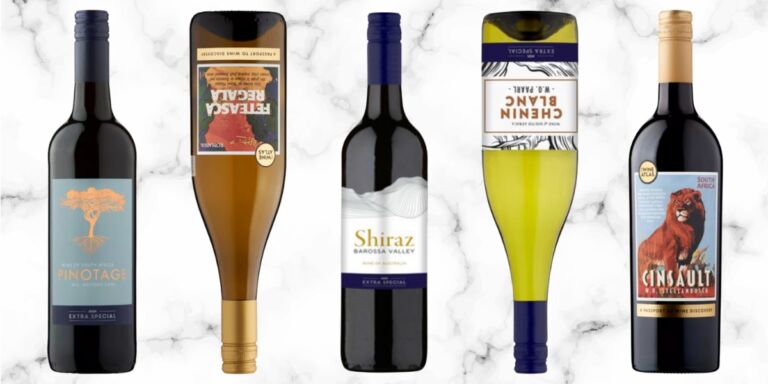In Australia they have been known to call Grenache “the poor man’s Pinot Noir”. Despite the back-handed compliment, anyone who has tasted the finest examples of one of the world’s most widely-planted grapes will understand why. Like Pinot, Grenache can be delicate and sublimely perfumed, or it can descend into over-ripe jamminess: it reaches alcohol levels of 14% and more very quickly, and in the hottest climates it has to be handled with care. Properly vinified, Grenache can age beautifully; of younger wines, a commonly-used descriptor is “charming” – it can taste of sweet red cherry and raspberry, its roundness contrasted with robust flavours of white pepper and spices, and good tannic edge.
Grenache (or Garnacha, in its Spanish incarnation) is responsible for some of the world’s most famous wines. It dominates most of the extraordinary wines of Châteauneuf-du-Pape, with over 70% of plantings, and is responsible for the powerful reds of Priorat – for example Scala Dei’s Cartoixa – and Montsant.
Garnacha is Spain’s most prolific red grape, where its qualities are increasingly being recognised. Historically it’s been seen as inferior to Tempranillo, but winemakers such as Rafael Palacios in the eastern corner of Rioja – whose mission is for Garnacha to find its rightful place as a fine wine – are using gentler vinification methods to bring out the elegance of the grape.
Across the border in Languedoc-Roussillon, Grenache is frequently blended with Syrah and Carignan to produce wines of power and finesse, such as the Lo Mainatge of La Croix de Saint Jean in Minervois. It’s also a staple of the Vins Doux Naturels of the region.
One of the best-known of the sweet wines is Banyuls, whose blend will include three different shades of the grape: Grenache Noir, Grenache Gris and Grenache Blanc. The latter grape can produce perfumed, exotic counterparts to its red cousin: ripe melon instead of red cherry, Sicilian lemon for raspberry: click here for seven IWSC-winning white and rosé Grenaches.
Grenache is a grape as pernickety as Pinot Noir
In Australia, Grenache is recognised most often as a component part – particularly in the famed “GSM” (Grenache, Shiraz, Mataro – or Mourvèdre) blends of the Barossa. Penfolds Bin 138 is an “SGM”, with Shiraz to the fore; head winemaker Peter Gago reckons Grenache is a grape as pernickety as Pinot Noir in terms of growing and vinification. “You never know which way it’s going to go,” he says. Elsewhere in the Barossa, Yalumba sets great store by its old-vine Grenache, some bottlings made from vines planted in the second half of the 19th century. They are some of the best Grenache you’ll taste, yet Yalumba owner Robert Hill-Smith says that selling the more expensive wines is an uphill battle. “Serious Grenache is an oxymoron.”
It’s been marginalised or ignored for decades – all too often the fate of a robust, vigorous, hardy grape – but many of the world’s most imaginative and skilled winemakers are bringing ever-finer examples of Grenache to the table.
The following are ten of the best examples of Grenache from the IWSC’s recent tasting of Northern Hemisphere wines.


















